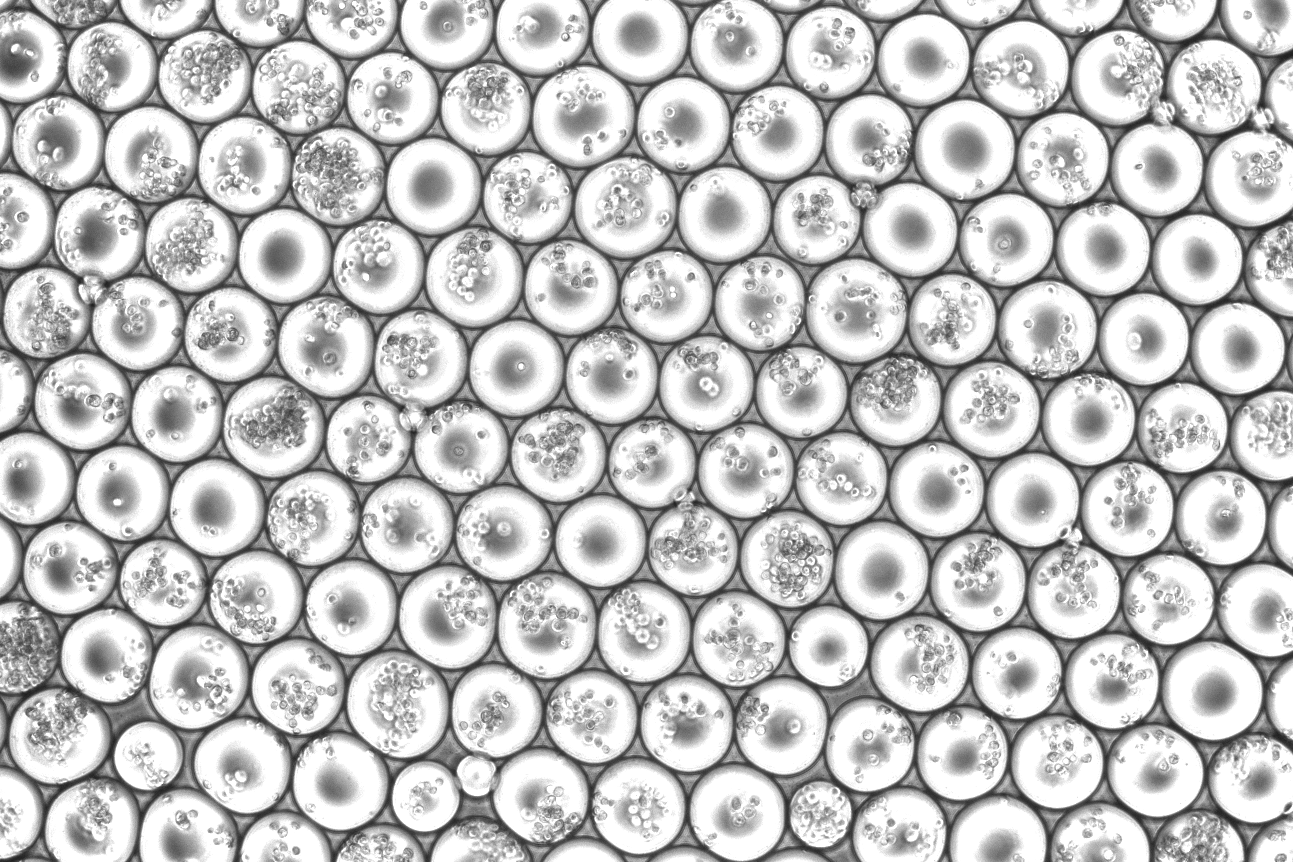
(Vienna, 01 June 2021) RNA sequencing is a powerful technology for studying cells and diseases. In particular, single-cell RNA sequencing helps uncover the heterogeneity and diversity of our body. This is the central technology of the “Human Cell Atlas” in its quest to map all human cells. However, single-cell RNA sequencing reaches its limits in very large projects, as it is time-consuming and very expensive. To address these challenges, scientists from the research group of Christoph Bock, principal investigator at the CeMM Research Center for Molecular Medicine of the Austrian Academy of Sciences and professor at the Medical University of Vienna, developed a new method for sequencing huge numbers of single cells in an efficient manner. The study has now been published in Nature Methods.
Molecular analysis of single cells provides an important basis for precision medicine. Five years ago, scientists around the world came together to pursue the “Human Cell Atlas” project, with the aim of cataloging all cells in the human body. These data have helped, for example, to identify those cell types that the coronavirus can infect particularly well. To accelerate and improve the creation of such cell catalogs, Paul Datlinger and André F. Rendeiro from Christoph Bock’s research group at CeMM developed a new method that enables single-cell RNA sequencing in a very large number of individual cells at the same time.
This method, which is called “scifi-RNA-seq” (for: “single-cell combinatorial fluidic indexing”), marks the RNA of many cells with specific barcodes, before the cells are loaded on a microfluidic chip and their RNA is prepared for single-cell sequencing. These additional barcodes overcome an important problem with existing methods for single-cell sequencing, where single cells are packed into tiny emulsion droplets and assigned cell-specific barcodes. When several cells land in the same droplet, they receive the same barcode and can no longer be distinguished. Therefore, the single cell suspension is loaded onto the microfluidic chip at low concentrations, which means that most of the emulsion droplets remain empty, and the reagents are used very inefficiently.
In the scifi-RNA-seq method, the cells are marked in advance with an additional barcode. As a result, the emulsion droplets can be loaded with many cells at the same time, while it is still possible to analyze individual cells. Study author Paul Datlinger explains: “On the popular 10x Genomics system, we use this method to measure 15 times more individual cells. The additional barcode also allows the user to mark and combine thousands of samples in advance, and to process those samples together in a single microfluidic analysis. As part of our study, we performed a CRISPR screen with single-cell RNA sequencing readout in human T cells. In the future, our method may, among other things, help to improve immunotherapies for the treatment of cancer.”
An efficient high-throughput method with a wide range of applications
Projects that need to apply single-cell RNA sequencing to very large numbers of cells or very many samples will particularly benefit from the new method. Project leader Christoph Bock explains: “scifi-RNA-seq enables efficient RNA sequencing for millions of individual cells, which facilitates the characterization of complex tissues, organs, and entire organisms. Moreover, in biomedicine it is often useful to analyze many single cells, for example to discover rare stem cells in tumors or cancer cells in the blood. Finally, scifi-RNA-seq will contribute to the trend that drug screens and CRISPR screens are increasingly combined with high-resolution single-cell sequencing readouts. “
Service: Nature Methods
Ultra-high-throughput single-cell RNA sequencing and perturbation screening with combinatorial fluidic indexing
Paul Datlinger, André F. Rendeiro, Thorina Boenke, Martin Senekowitsch, Thomas Krausgruber, Daniele Barreca, Christoph Bock; published on 31 May 2021 in Nature Methods, DOI: 10.1038/s41592-021-01153-z